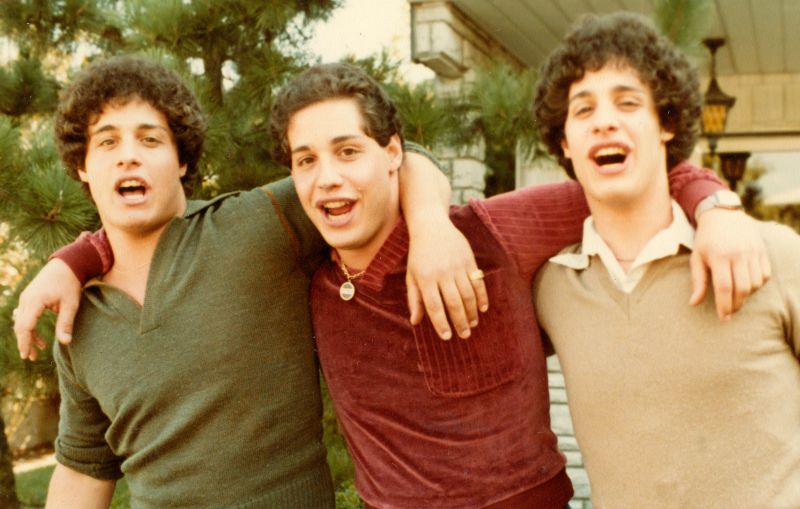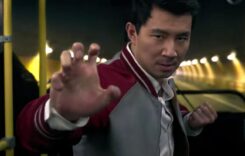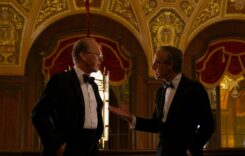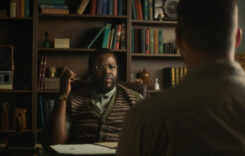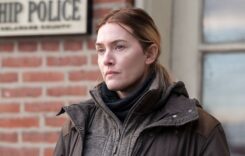AUGUST 31, 2018
If there’s been one encouraging development at the box-office this summer, it has been the unexpected success of feature documentaries. It’s been years since a non-concert doc has approached earning $10 million at the U.S. box office, yet this summer alone, we have had three — Morgan Neville’s Mister Rogers bio “Won’t You Be My Neighbor?” ($22.4 million), “RBG,” the doc on Ruth Bader Ginsburg which will debut on CNN this Labor Day weekend ($13.9 million) and “Three Identical Strangers” which has grossed ($11.2 million and still counting).
The success of “RBG” and “Won’t You Be My Neighbor?” shouldn’t be surprising since the subject of each film is a well-loved public figure. But the hit status of “Three Identical Strangers” is even more impressive since its subjects are only familiar to moviegoers with long memories.
In 1980, 19 year-old Robert Shafran entered community college with some trepidation since he knew absolutely no one. Yet his appearance on campus was greeted with cheers, hugs and kisses. When classmates began to call him Eddy, Robert became confused, and it took Eddy’s best friend to understand that Robert, who looks exactly like Eddy, must be identical twins. When Robert and Eddy finally meet and see themselves in the other person, there’s initial befuddlement, but quickly there’s joy.
Their reunion became the feel-good story of 1980 in the New York tabloids, and the publicity was so widespread that it reached the kitchen table of 19 year-old David Kellman, who looks exactly like the two guys and was born in the same hospital on the same day. Could the twins actually turn out to be triplets? It turns out they are, and they all rejoice at being reunited again.
Their story was a media sensation, and the triplets became headline attractions of the “Today” show and “Donahue,” where their similarities were explored. They smoked the same brand of cigarettes, for example, and had the same taste in women (older). They became regulars at Studio 54, appeared in the Madonna film “Desperately Seeking Susan” and opened their own Eastside restaurant, appropriately named Triplets.
But the big question still remained “Why were they separated?” The answer turned out to be something they (or anyone) weren’t ready to hear. As a friend in the film says, “That’s when things kinda got funky.”
Funky is an understatement, to say the least. The last half of the film is strictly spoiler territory, so as not to spoil the surprise, let’s just say that their separation was part of a grand plan by an outside group that was invested in studying the boys. It gets worse from there.
Director Tim Wardle has done a great job in finding as much early footage as possible of the boys, and when actual footage is unavailable, he uses recreated scenes — not my favorite part of documentary filmmaking, but it does move the story along.
What’s most unusual is Wardle’s choice to begin his story with the kind of happy ending that concludes many docs. Yet he follows through here with what ramifications came after that happy ending. The results aren’t pretty but only add to the power of what docs do best — scraping away a level of pretense to get at the truth.
And “Three Identical Strangers” gets to that truth.
GRADE: B+


